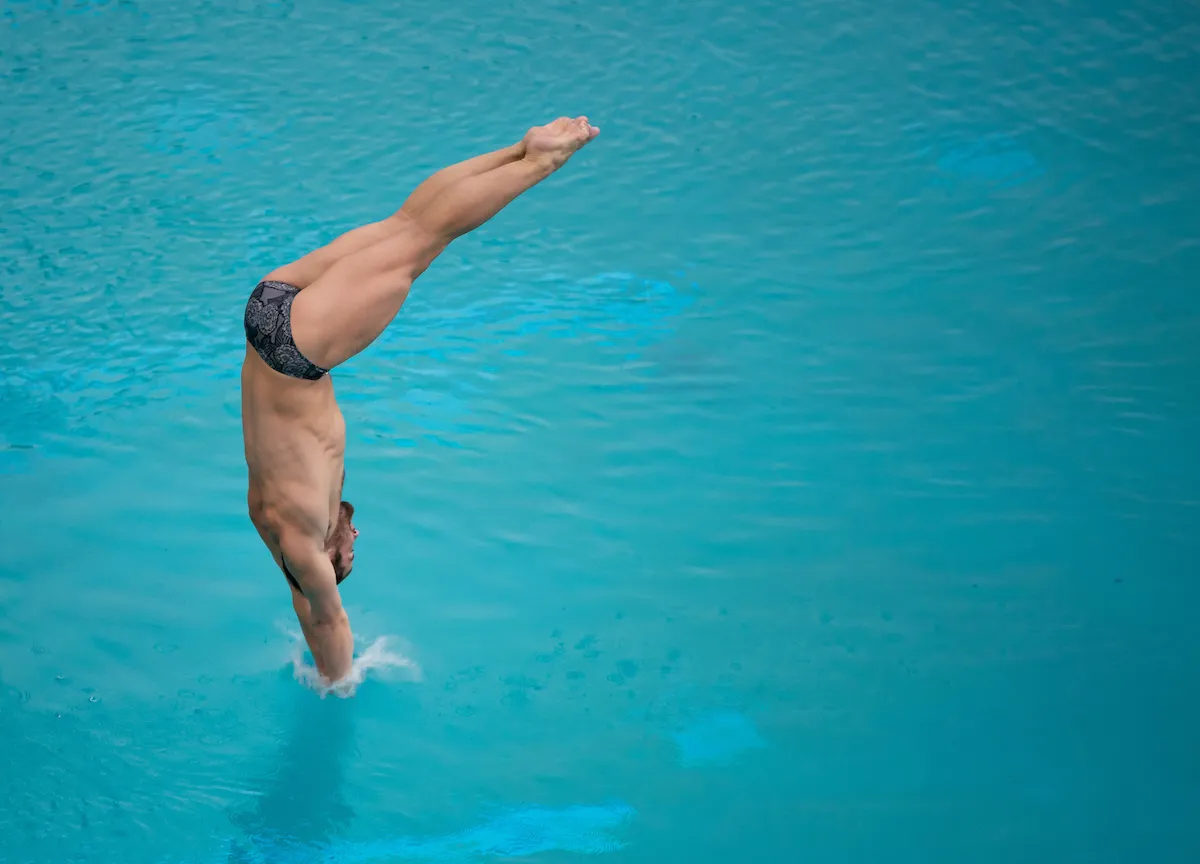The college sports world is rapidly changing, especially at Stanford. Within the first few weeks of the quarter, the University has entered its inaugural year in the Atlantic Coast Conference (ACC), following the addition of an in-house NIL representative last year. The changes come amid rising conversations surrounding revenue-sharing in college sports.
The Student-Athlete Advisory Committee (SAAC), a student-athlete-led group committed to advocating on behalf of student-athletes, has continued to provide representation for the community. SAAC is working towards understanding how the new athletic environment will affect student-athletes, said Hunter Hollenbeck, the committee’s co-president and a graduate student diver.
This August, Stanford athletics joined the ACC, and as the transition takes full effect, SAAC is working to ensure student-athletes feel supported during this change.
“Our goal right now is to understand how that’s impacting our student-athletes, what our pain points are and how to progress different initiatives,” Hollenbeck said.
With Stanford athletes traveling across the country nearly every week while in season, academic concerns have been on the forefront of the committee’s mind, Hollenbeck said.
“[Increased travel] impacts things from class to lab sections that will tend to last over three hours and contain significant course material, week by week,” he said.
While Hollenbeck said Stanford has introduced case-by-case accommodations to allow athletes to catch up on academics, SAAC is working towards making these accommodations more institutionalized.
“All these different niche solutions that have been implemented kind of sparingly in the past are now going to be much more regular because of this increased travel for student-athletes,” Hollenbeck said.
Hollenbeck also noted these changes would apply to student-athletes and all students who travel for athletic events — including the Stanford Dollies, the band and the Stanford Tree.
SAAC is also taking steps to help improve Stanford’s approach to name, image, and likeliness (NIL). In the past, Stanford has erred more on the side of caution when it came to NIL because, Hollenbeck said, “for the better part of two years, there weren’t really clear guidelines as to what having NIL meant.”
In May, Stanford appointed its first in-house NIL manager, Lindsey Jones, who has helped open the door for student-athletes to become more involved with NIL deals and contracts.
Hollenbeck said SAAC is also hoping to help students leverage “social media and people’s individual talents to generate revenue for individuals and teams that are not traditionally revenue sports.”
A component of that effort is helping student-athletes craft their own image for themselves online and feel empowered through the brands they represent. Another part is getting athletes verified and recognized on social media platforms, Hollenbeck said. He mentioned Ian Gunther ’23, a previous Stanford gymnast who has grown his social media presence and amassed millions of views by posting gymnastics-related content. Hollenbeck said this has not only grown Gunther’s recognition, but Stanford’s men’s gymnastics profile as well.
Following the House v. NCAA settlement, schools are now also allowed to share roughly $22 million of revenue with student-athletes. Stanford, however, has yet to fully detail how the university will move forward. While Hollenbeck declined to comment on specifics, he said SAAC is “committed to making sure that all sports remain prospering in the way that they are.”
While many of these recent challenges are still developing and new information is surfacing, SAAC is working to ensure the University’s student-athlete community is involved in these conversations.
While some of these new decisions are already taking a toll on student-athletes with increased travel affecting academics and overall well-being, Hollenbeck said SAAC is trying to keep up with the latest changes and respond efficiently and effectively.
“We’re trying to be reactive and trying to implement these policies as fast as possible,” Hollenbeck said.


